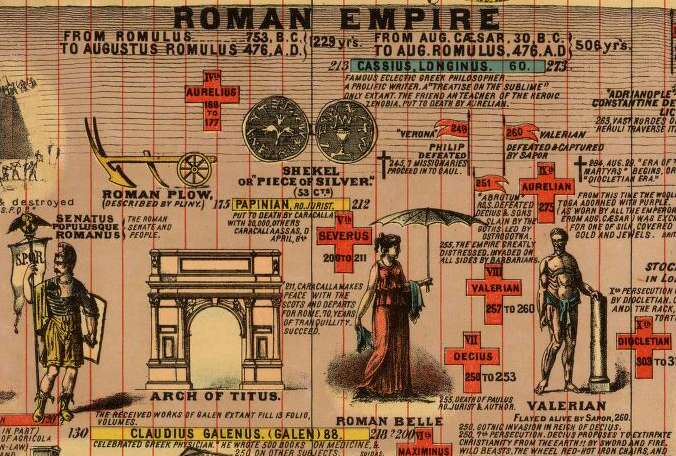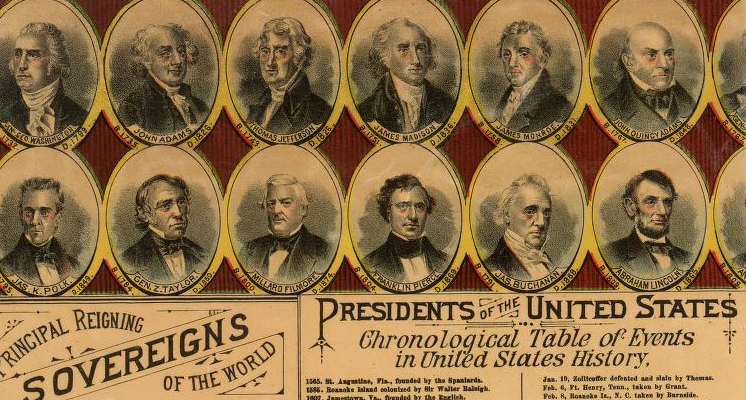There are two kinds of people in this world: those who recognize the phrase “corny dialogue that would make the pope weep,” and those who don’t. If you fall into the former category, your mind is almost certainly filled with images of bleak Midwestern winters, modest trailer homes, hooded figures smashing an already-junkyard-worthy car, and above all, one man trying — and trying, and trying — to put another man’s head through a kitchen cabinet. If you fall into the latter category, it’s high time you watched American Movie, Chris Smith and Sara Price’s documentary about a hapless aspiring Wisconsin horror filmmaker Mark Borchardt that has, in the 25 years since its release, become a minor cultural phenomenon unto itself.
American Movie rightfully occupies the top spot in the new Cinema Cartography video above, which ranks the fifteen greatest documentaries of all time. The list features well-known works by the most acclaimed documentary filmmakers alive today, like Frederick Wiseman’s Titicut Follies, which captures a talent show at an institution for the “criminally insane”; Errol Morris’ The Thin Blue Line, which proved instrumental in solving the very murder case it examines; and Werner Herzog’s Grizzly Man, which deals in Herzog’s signature heightened yet matter-of-fact manner with the ironic fate of an eccentric bear enthusiast.
Documentary film has experienced something of a popular renaissance over the past few decades, beginning in 1994 with Steve James’ Academy Award-winning Hoop Dreams (which comes in at number seven). More recent examples of documentaries that have gone relatively mainstream include Joshua Oppenheimer’s The Act of Killing (number three), in which participants in Indonesia’s mass political violence of the nineteen-sixties recall their own brutality in detail, and O.J.: Made in America (number five), which revisits the “trial of the century” now so close and yet so far in our cultural memory. There are also intriguing films of a much lower profile, like William Greaves’ chaotic Symbiopsychotaxiplasm: Take One and the late Jonas Mekas’ epically but modestly autobiographical As I Was Moving Ahead Occasionally I Saw Brief Glimpses of Beauty.
If you watch only one of these fifteen documentaries, make it American Movie, which repays repeated viewings over a quarter-century (as I can personally confirm) with not just its comedy — intentional or unintentional — but also its insight — again, intentional or unintentional — into the nature of creation, friendship, and human existence itself. “If ever, in your creations, there’s doubt, or you ever feel like you’ve lost your way, if there was ever a film to watch, to realign yourself, it is American Movie,” says The Cinema Cartography creator Lewis Bond. Even those of us not dedicated to any particular art form could stand to be reminded on occasion that, as Borchardt memorably puts it, “life is kinda cool sometimes.”
Related Content:
50 Must-See Documentaries, Selected by 10 Influential Documentary Filmmakers
Portrait Werner Herzog: The Director’s Autobiographical Short Film from 1986
The 10 Greatest Documentaries of All Time According to 340 Filmmakers and Critics
Based in Seoul, Colin Marshall writes and broadcasts on cities, language, and culture. His projects include the Substack newsletter Books on Cities, the book The Stateless City: a Walk through 21st-Century Los Angeles and the video series The City in Cinema. Follow him on Twitter at @colinmarshall or on Facebook.












